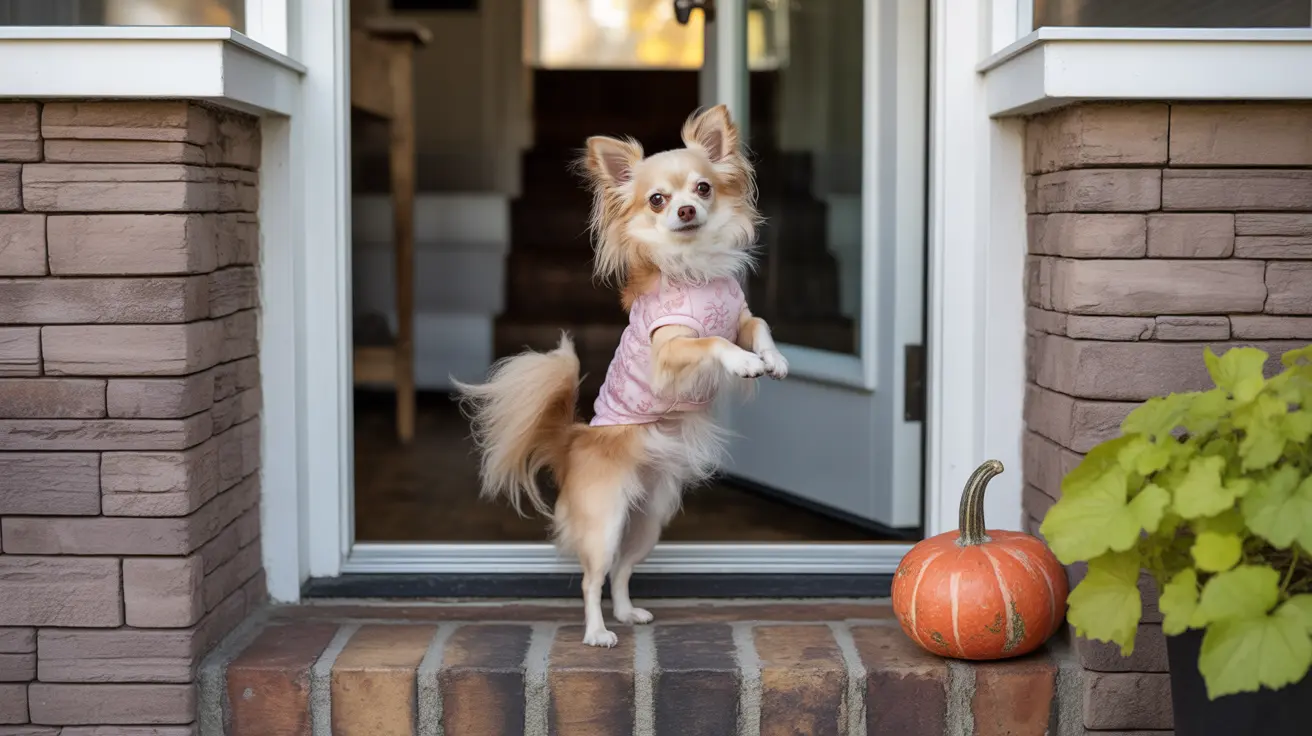How to Train Your Dog to Be a Therapy Dog
Training your dog to become a therapy dog requires dedication, patience, and structured learning. While therapy dogs do not require the same rigorous certification as service dogs, they must possess strong obedience skills, a calm temperament, and the ability to work comfortably in distracting, public environments. One accessible training route is through structured pet training classes, such as those offered by PetSmart.
Step 1: Start with Basic Obedience
Most therapy dog training begins with basic obedience courses. PetSmart provides group classes for puppies and adult dogs, teaching foundational commands and manners.
- Puppy Classes - Introduction to crate training, housebreaking, basic commands, and socialization.
- Beginner Classes - Commands like sit, stay, come, leash walking, and impulse control.
These courses typically last six weeks, with one session per week, incorporating positive reinforcement methods such as clicker training and rewards.
Step 2: Progress to Intermediate and Advanced Training
Once your dog masters the basics, continue building their skill set with more challenging sessions:
- Intermediate Level - Increases command reliability under distraction, improved leash manners, and additional cues.
- Advanced Training - Includes complex behavior chaining, heightened impulse control, and exposure to varied environments.
Therapy dogs must listen reliably even in chaotic places like schools, hospitals, or community centers.
Step 3: Focus on Socialization and Desensitization
Being a therapy dog is not just about obedience—it requires excellent social behavior and the ability to remain calm when surrounded by unpredictable stimuli like wheelchairs, loudspeakers, or suddenly moving people. PetSmart group classes help by providing social opportunities among other dogs and people in an active store environment.
- Encourage calm behavior around strangers and children
- Practice exposure to different floors, sounds, and smells
- Use controlled distractions to build resilience
Step 4: Practice Regularly at Home
Success depends on consistency. Between weekly sessions, owners should practice learned behaviors daily.
- Short, daily training sessions help reinforce cues
- Use high-value rewards and lots of praise
- Build duration and distraction into practice over time
Training outside the classroom is crucial, especially for public-readiness in therapy work.
Step 5: Enroll in Specialty or Private Sessions (If Needed)
Some dogs may need extra help with issues such as anxiety, reactivity, or fear behaviors. While not the focus of most group sessions, PetSmart locations may offer specialty or private training:
- Reactivity management
- Separation anxiety work
- Confidence building
Step 6: Seek Therapy Dog Certification
After successful training, your dog may pursue formal evaluation through a therapy dog organization. Testing typically includes:
- Basic obedience under distraction
- Handling and grooming tolerance
- Calm demeanor in crowded/sensitive environments
While PetSmart classes are not therapy certification programs, they provide a strong base required for many evaluation standards.
Pros and Cons of Using PetSmart for Therapy Dog Prep
Pros:
- Affordable structured group classes
- Built-in exposure to real-world distractions
- Encourages socialization in public settings
Cons:
- Trainer quality varies by location
- Not tailored for specific behavioral challenges
- Group pace may not suit all learners
Tips for Success
- Observe a class before enrolling to assess fit
- Evaluate trainer credentials and methods
- Follow through at home with daily training
- Advance gradually to higher-level classes
Conclusion: Training a therapy dog is a rewarding endeavor that enhances well-being for both human and animal. With consistent effort and the right curriculum, such as that offered in PetSmart's tiered training system, many dogs can become confident and compassionate therapy pets ready to serve in their communities.





